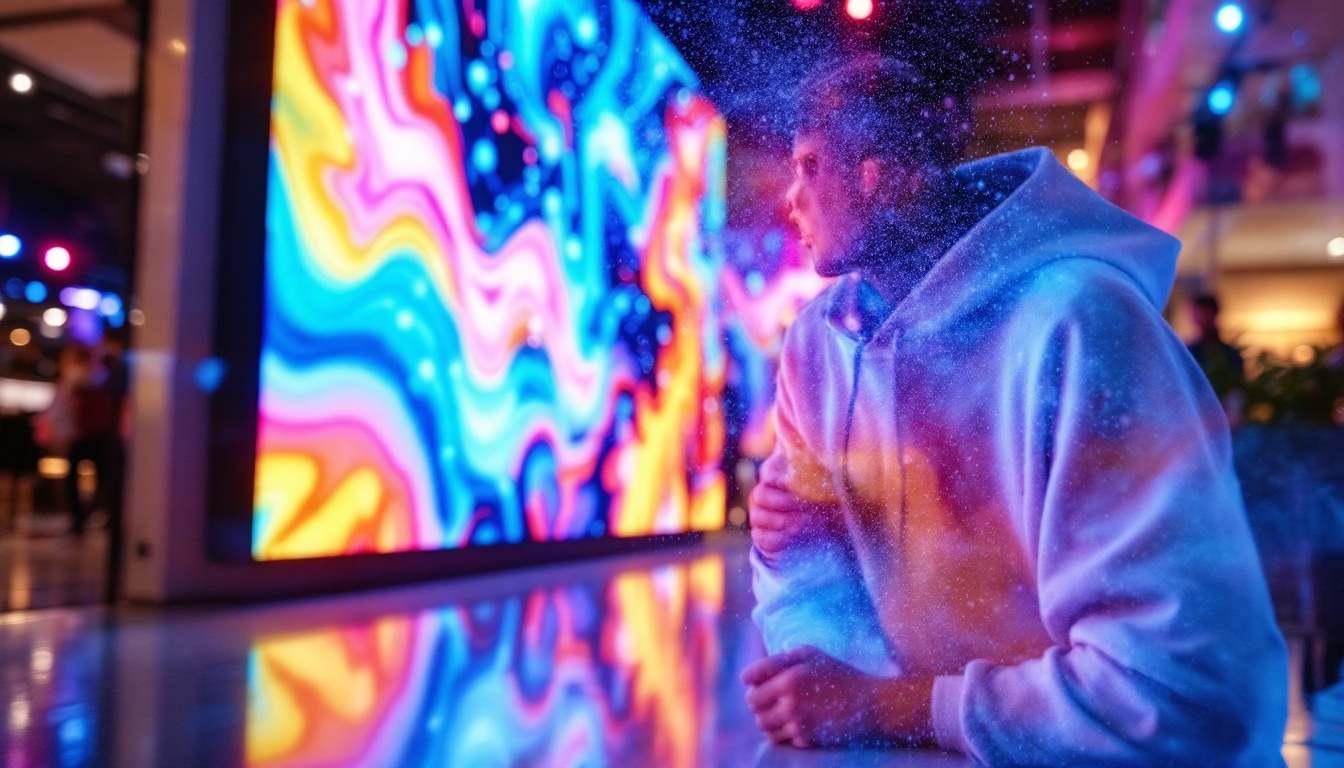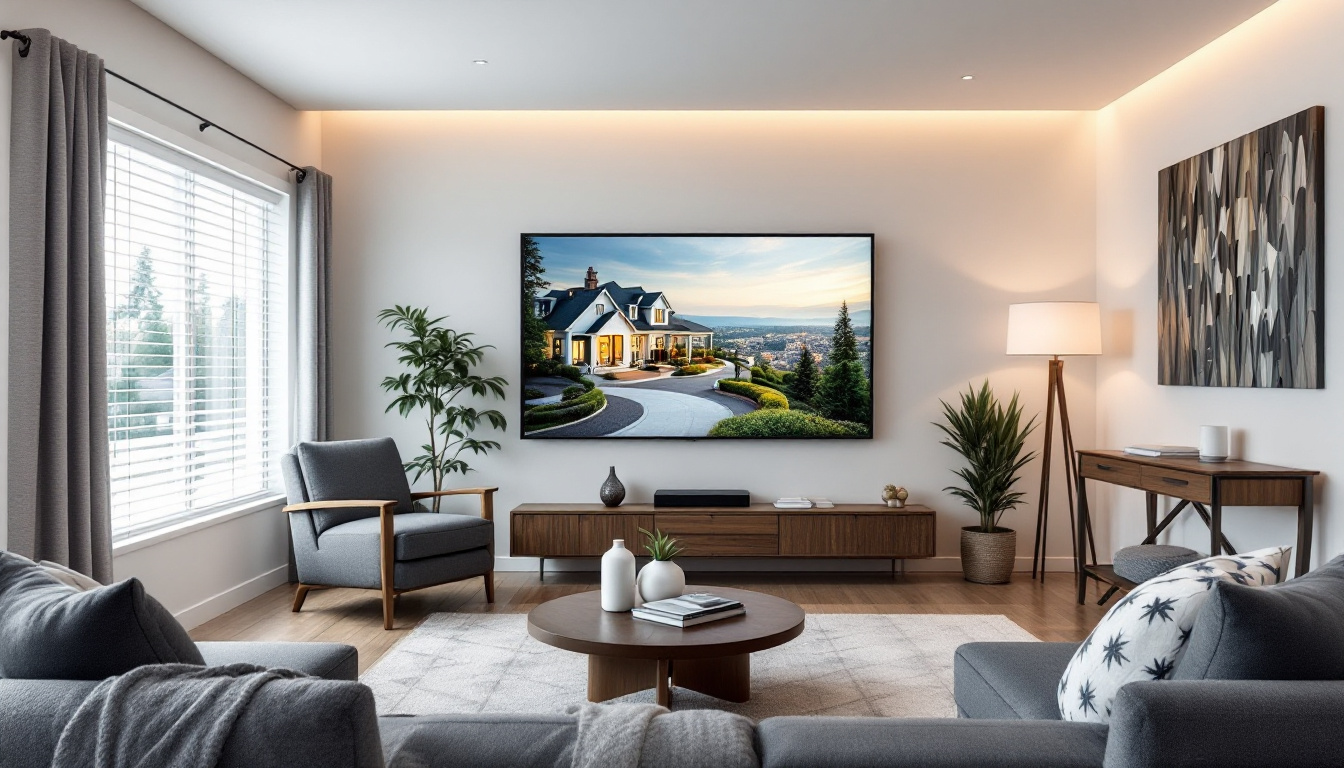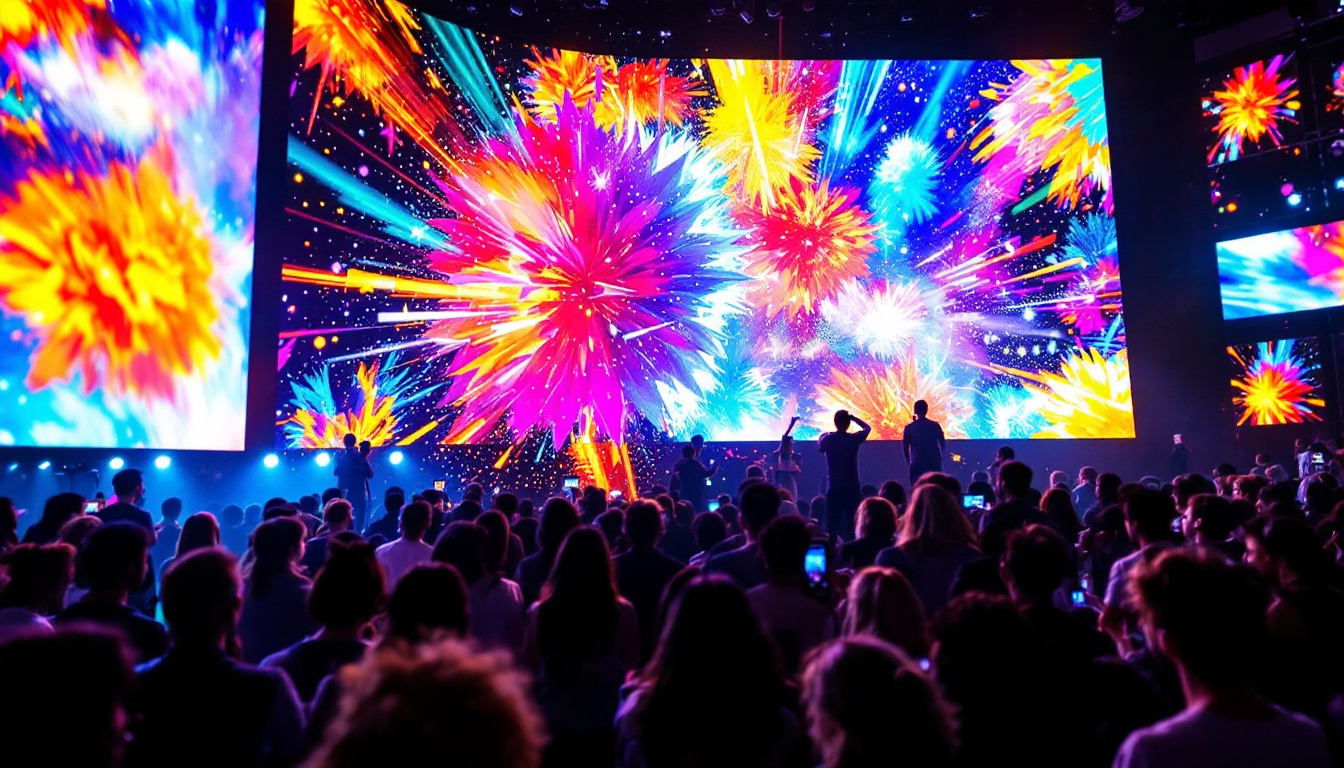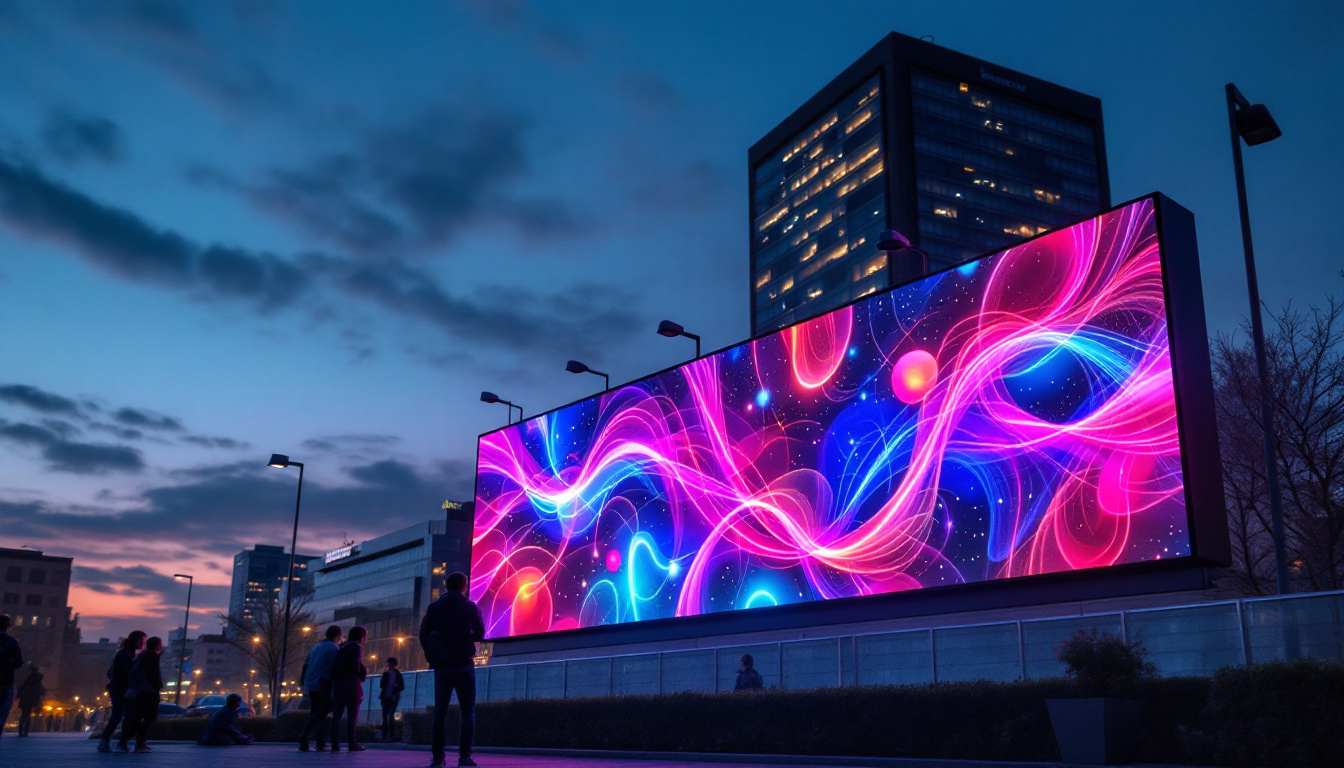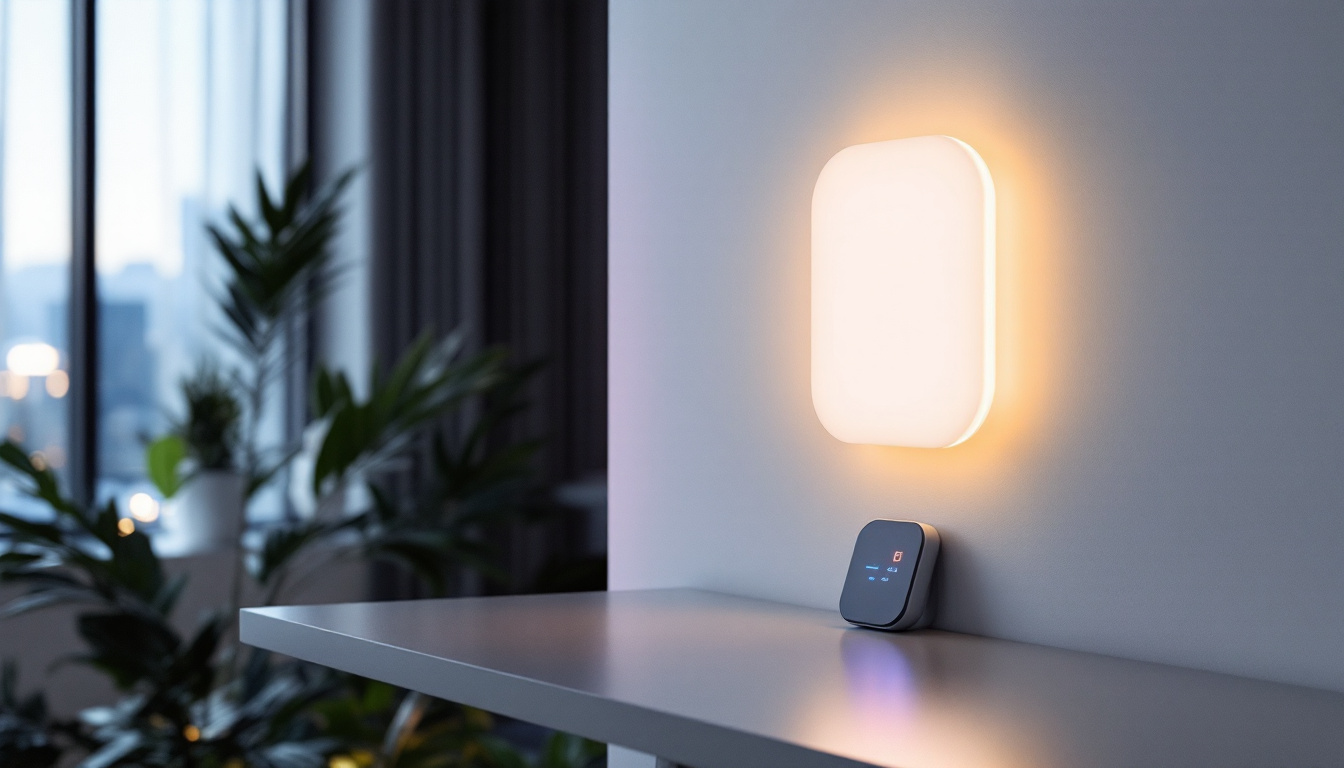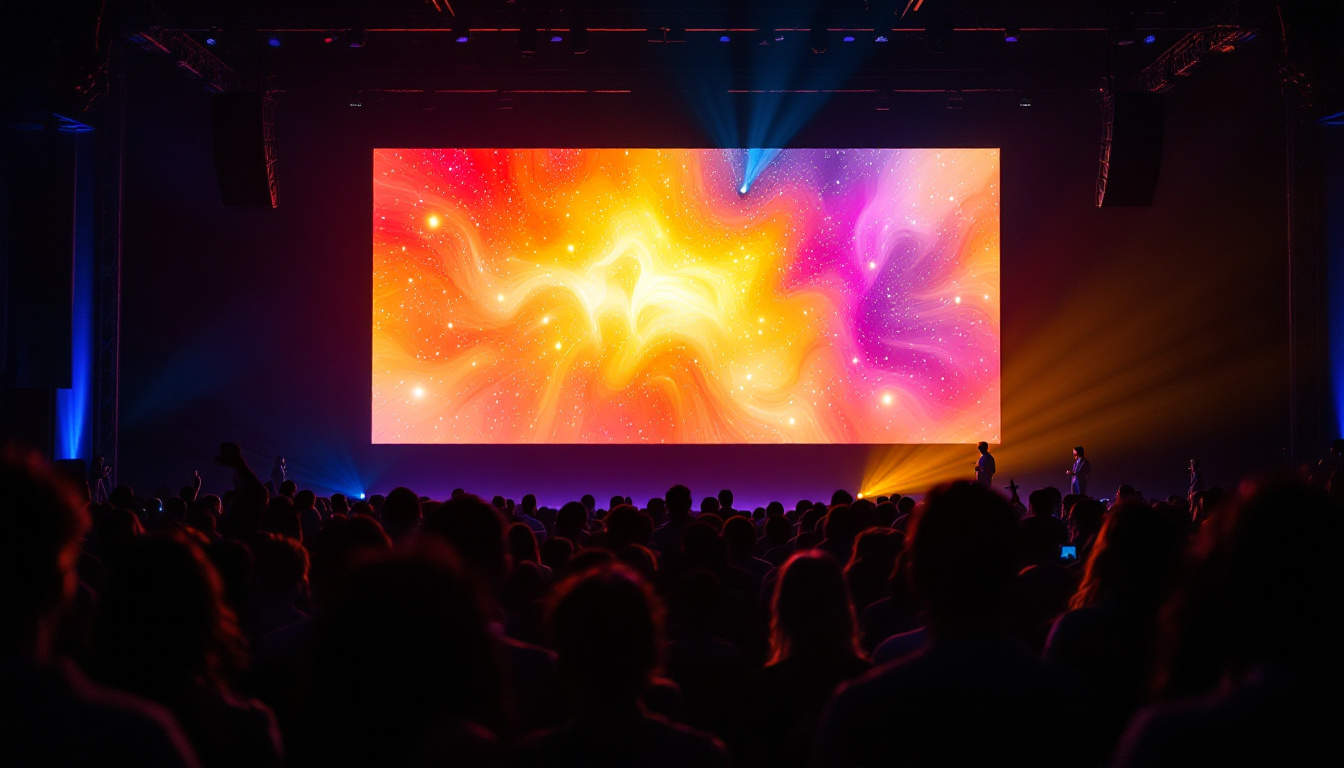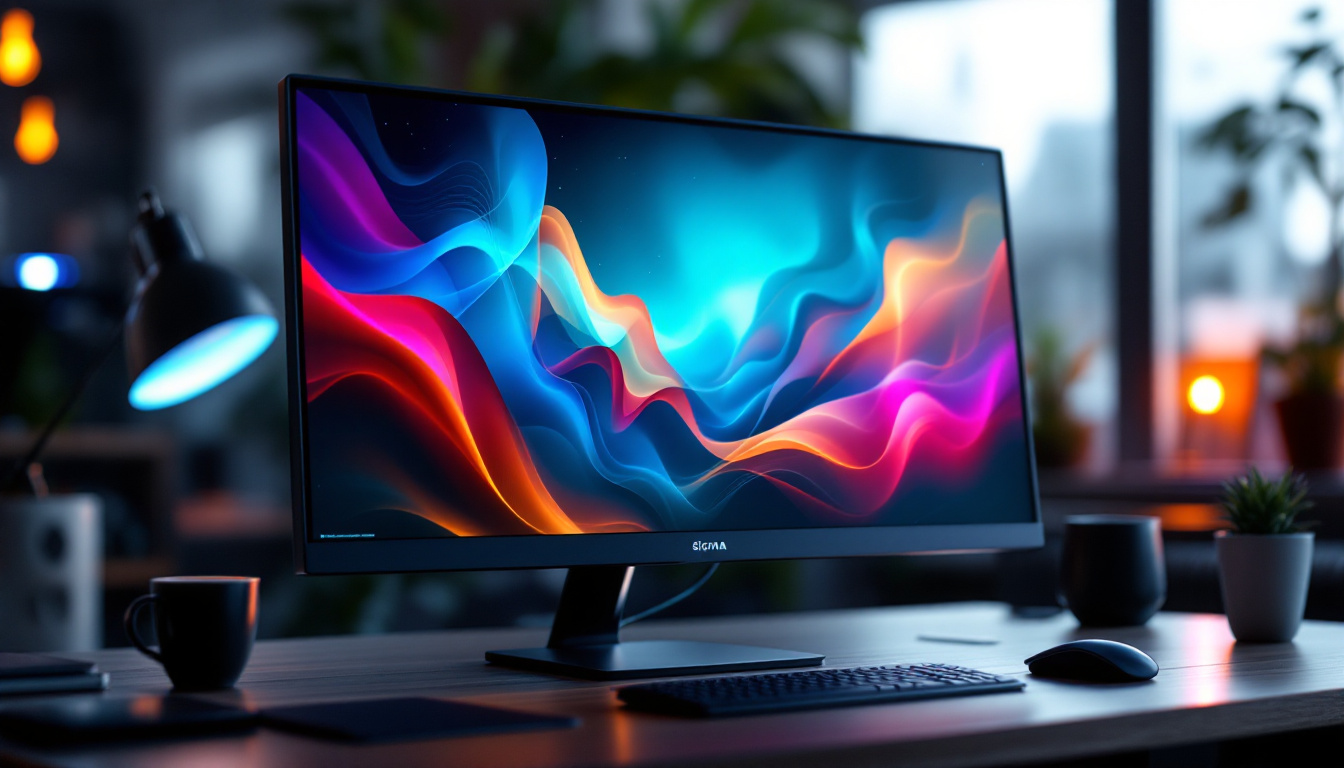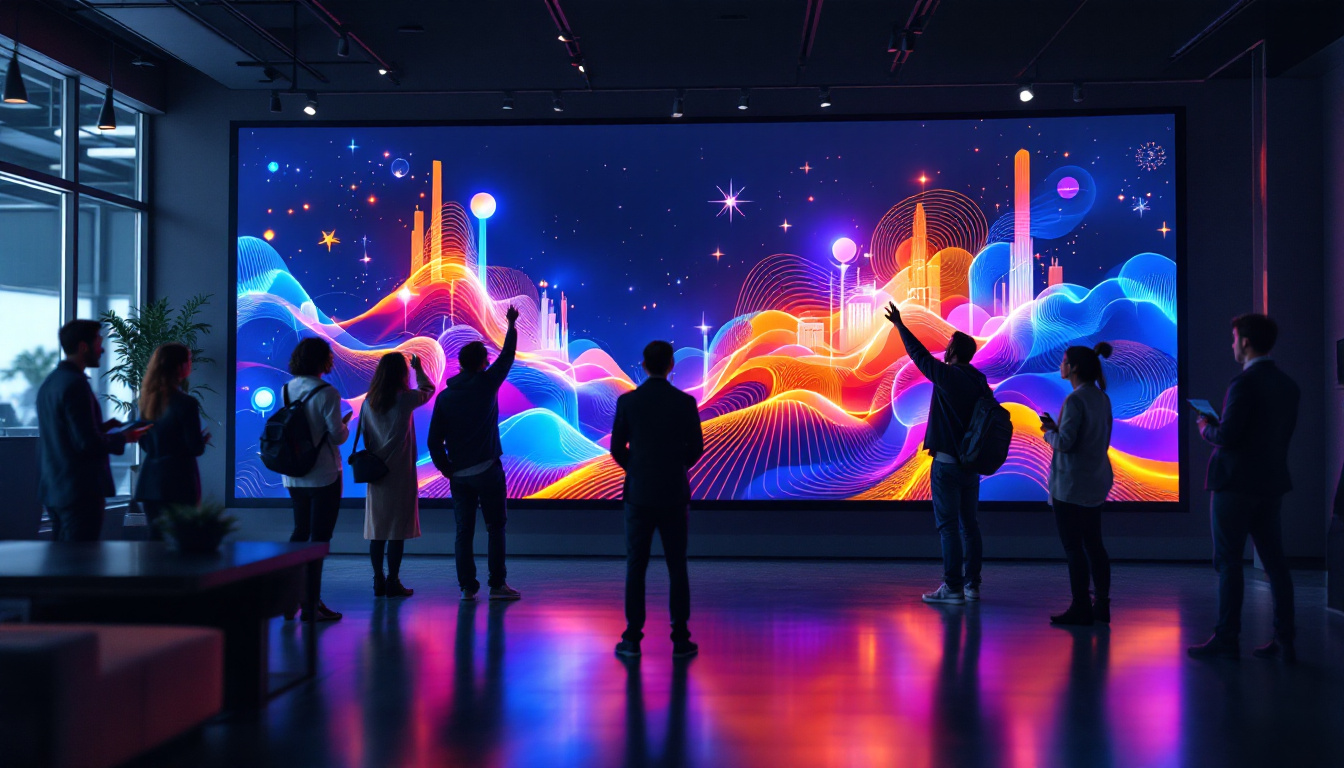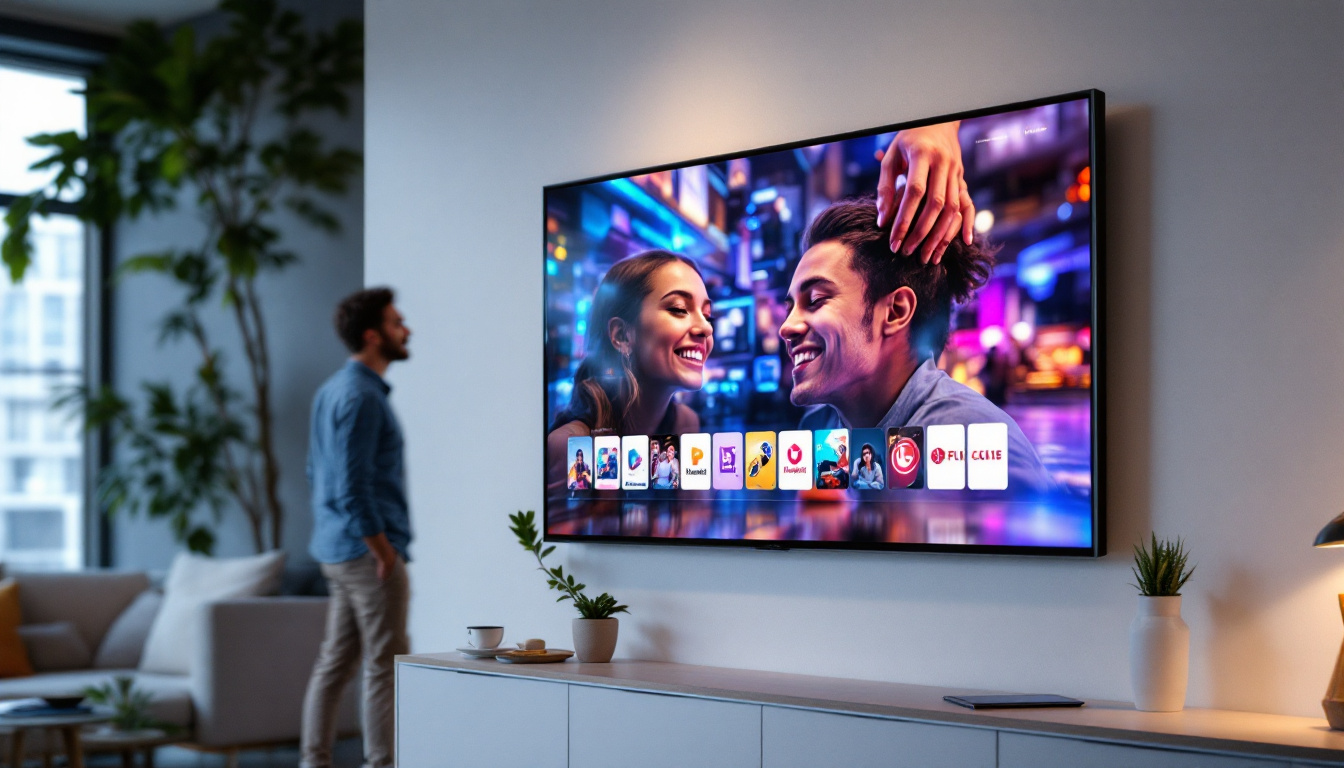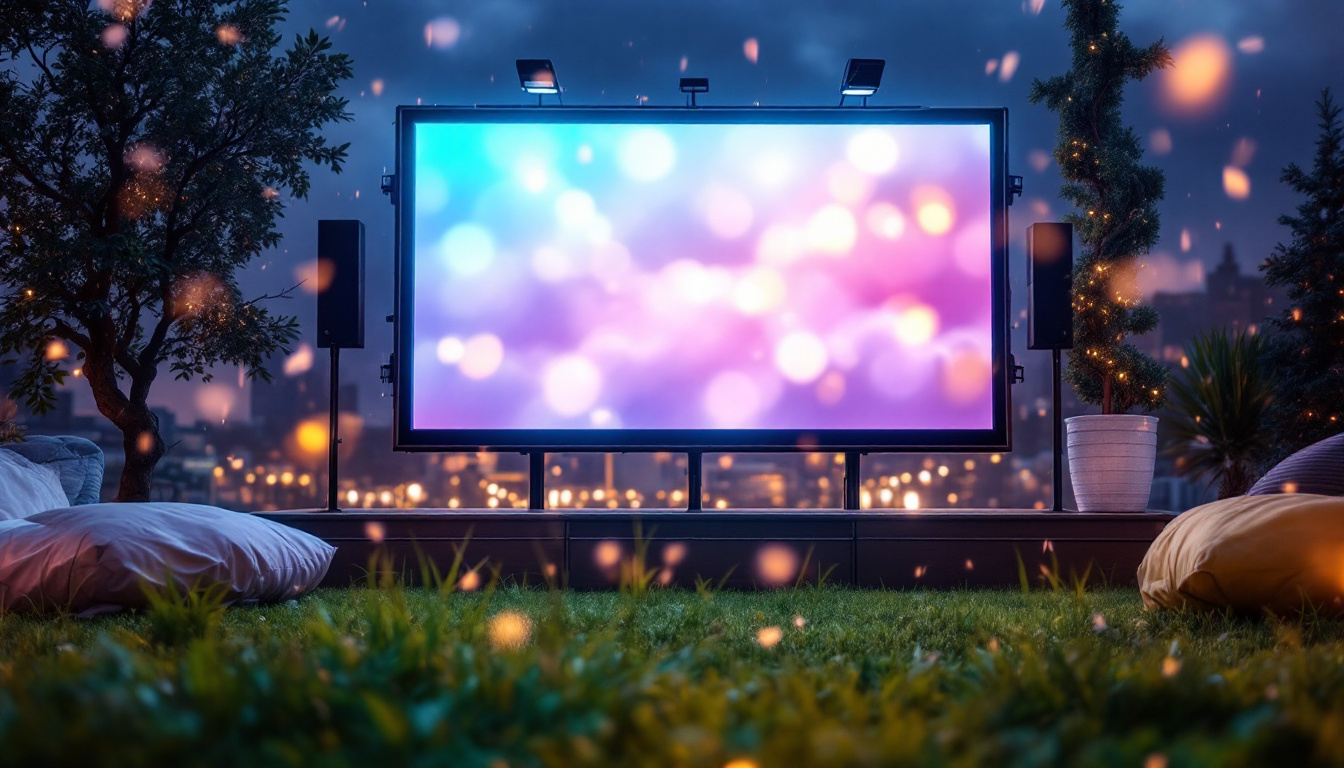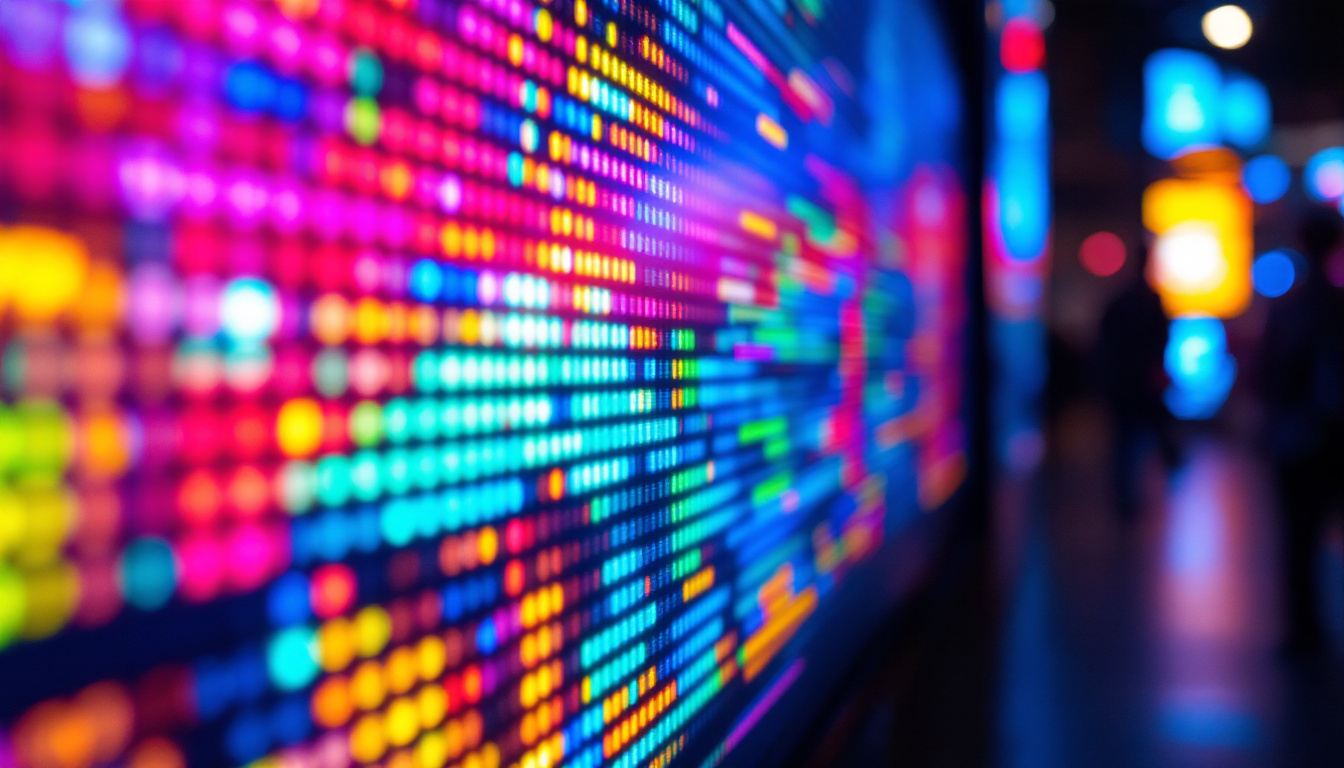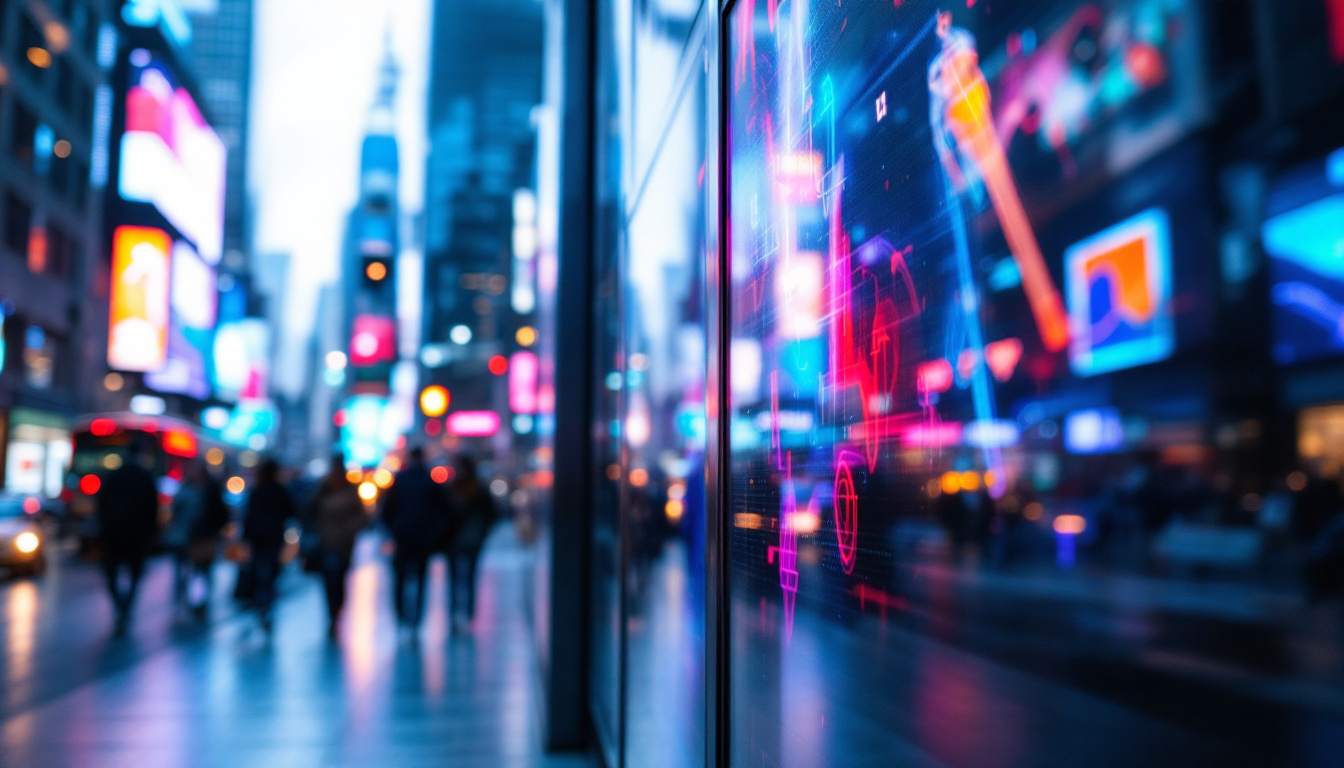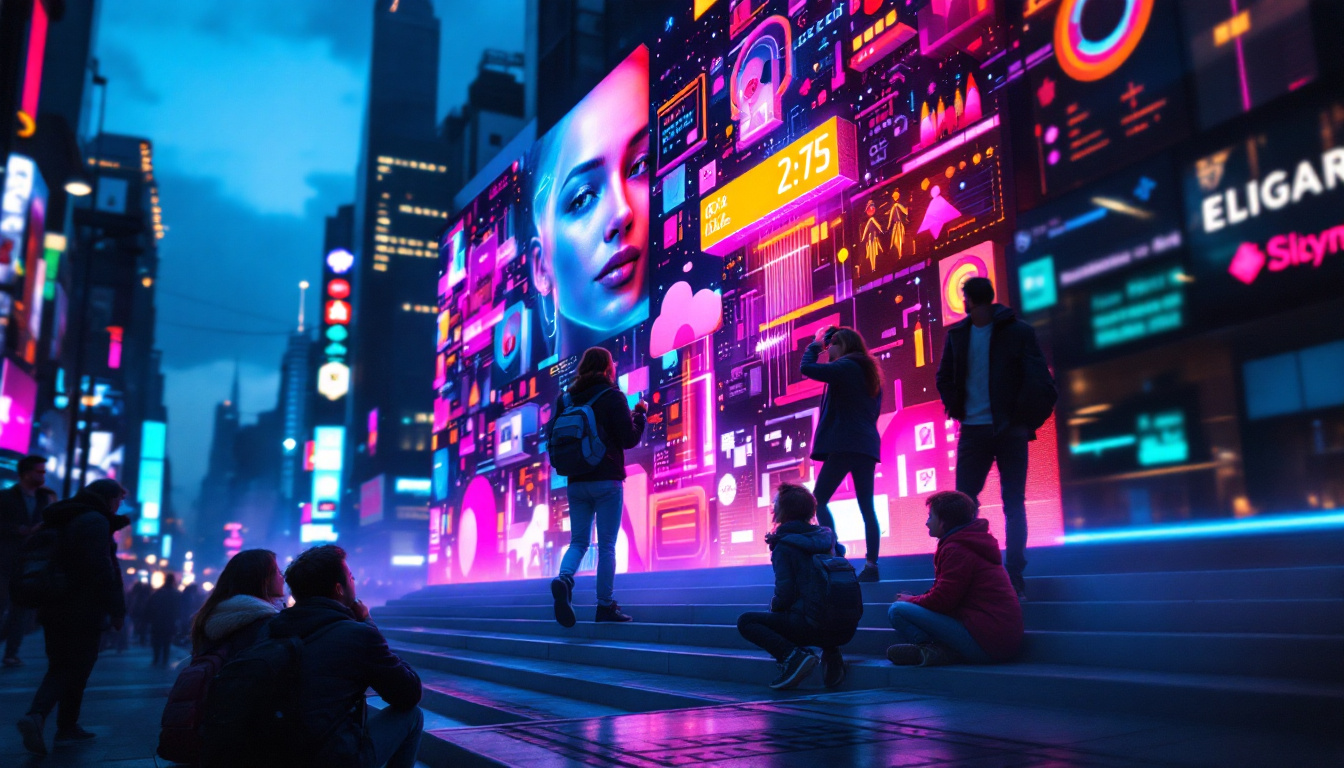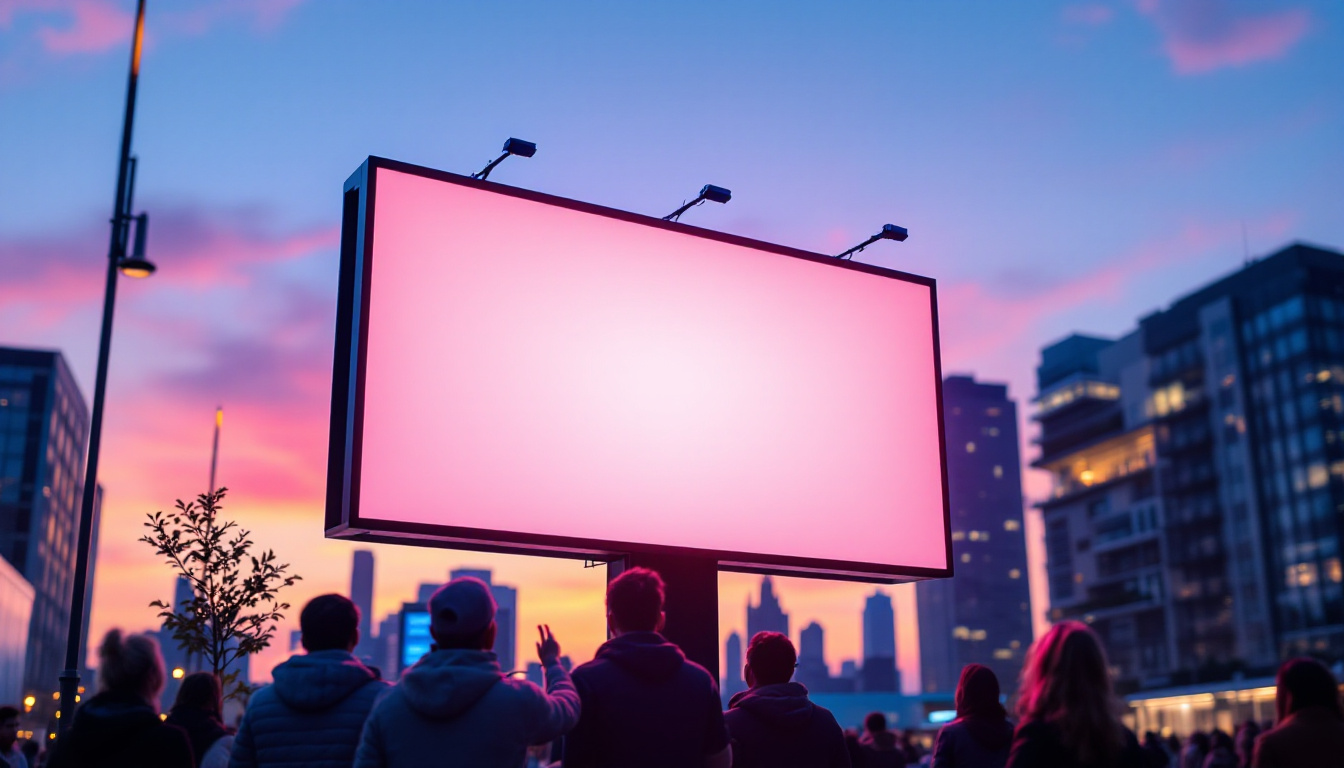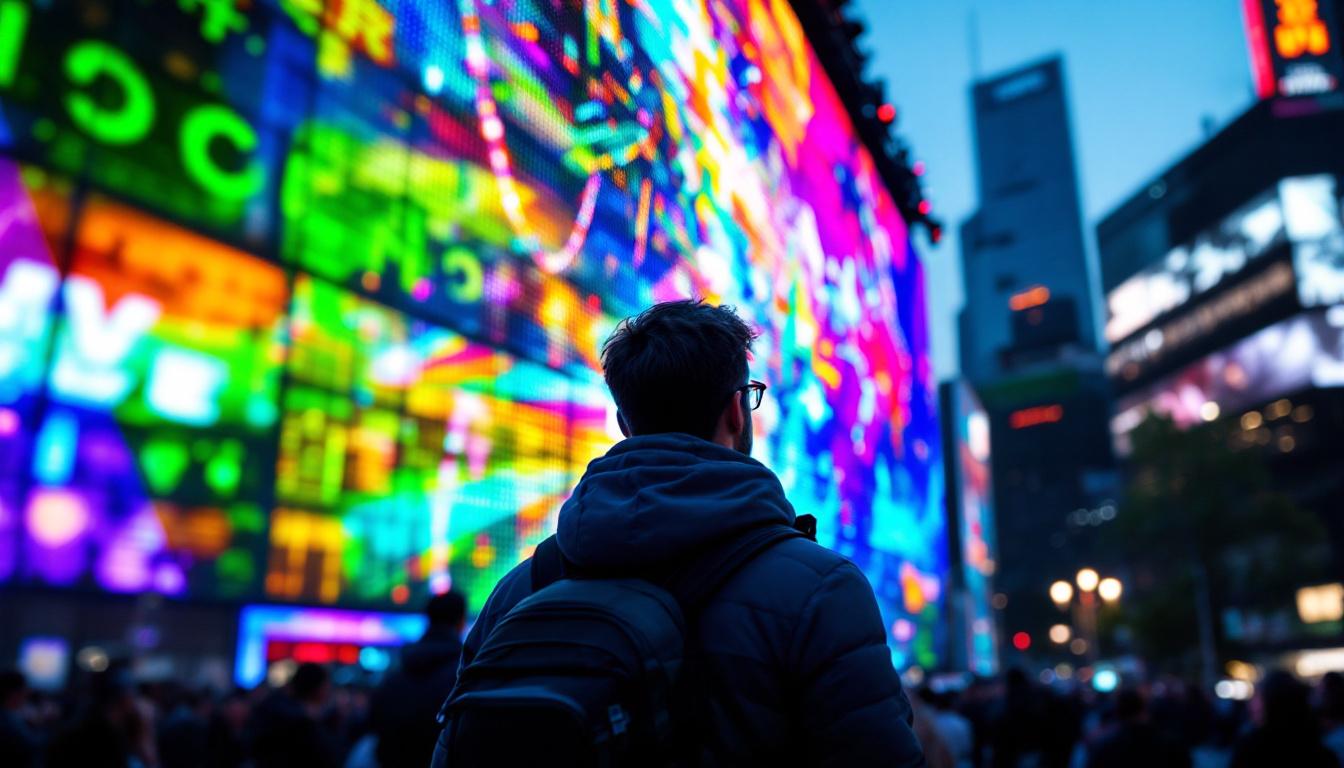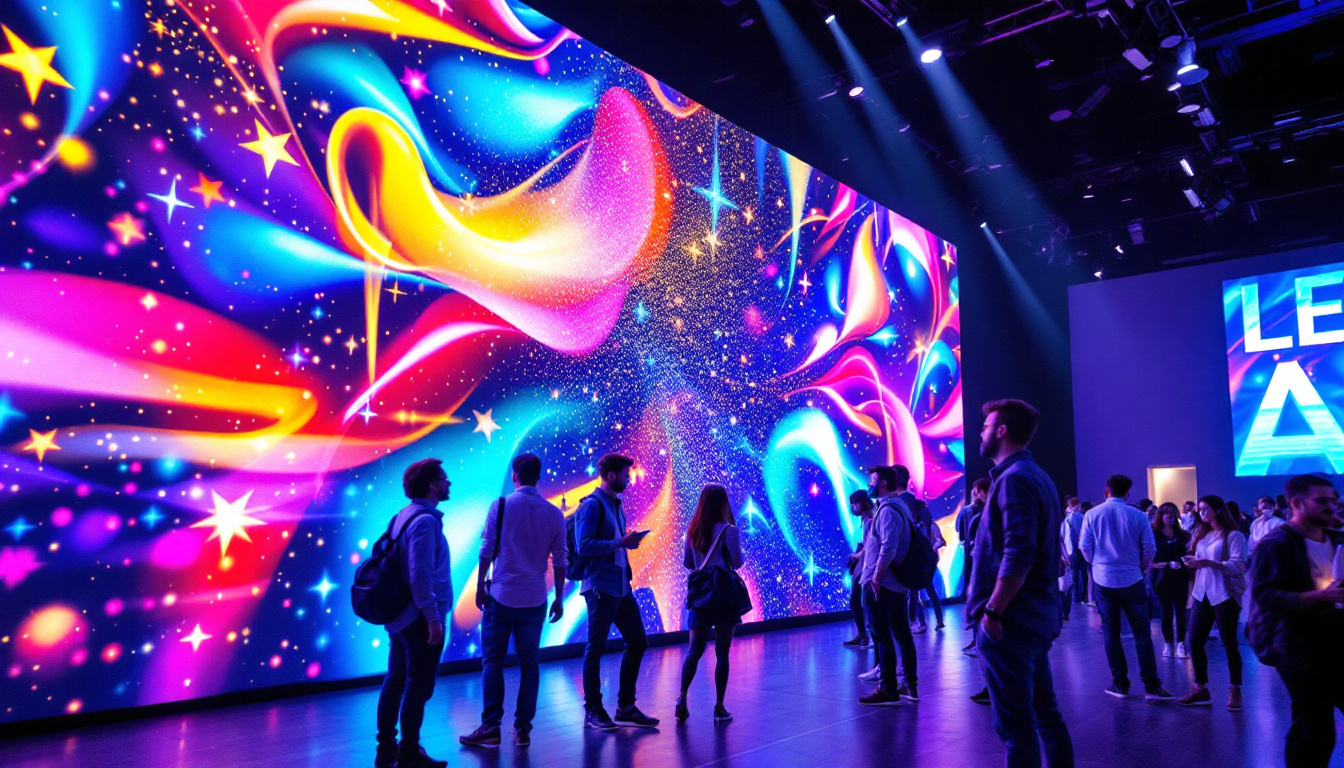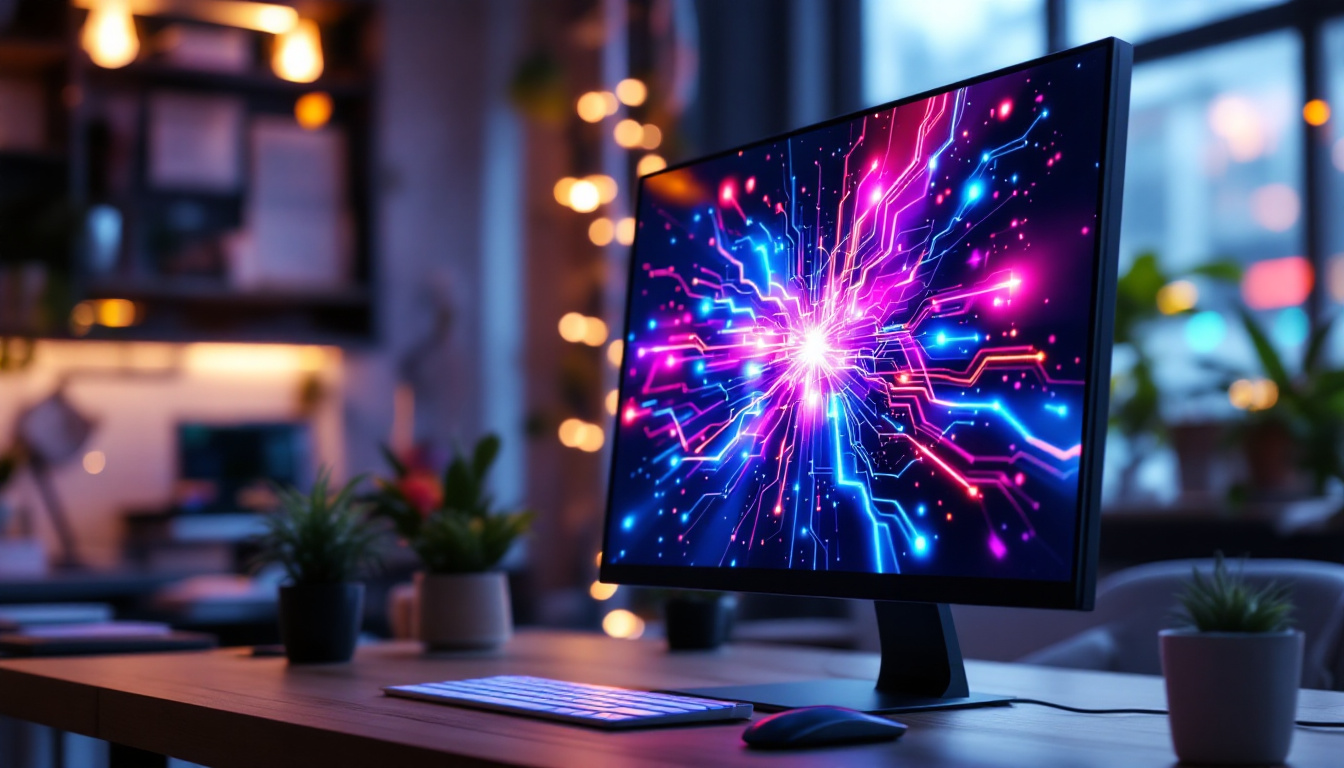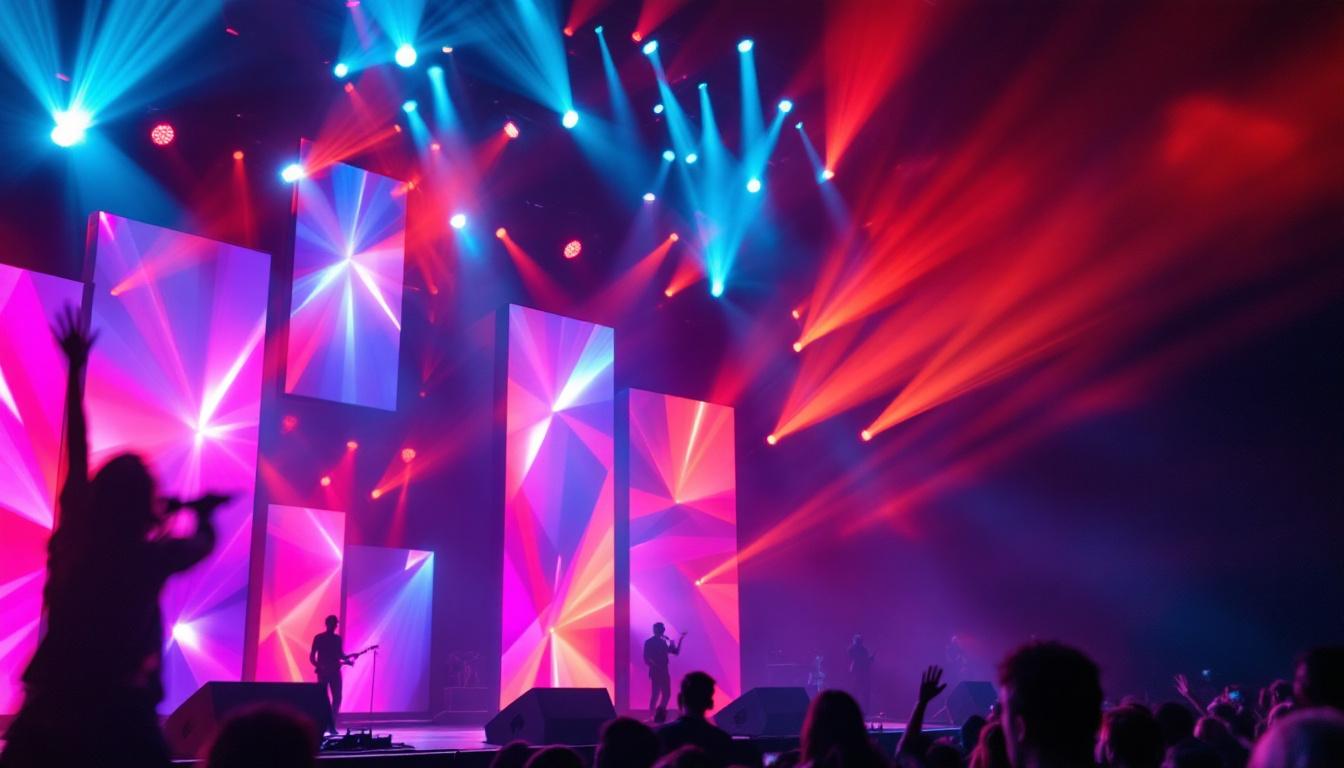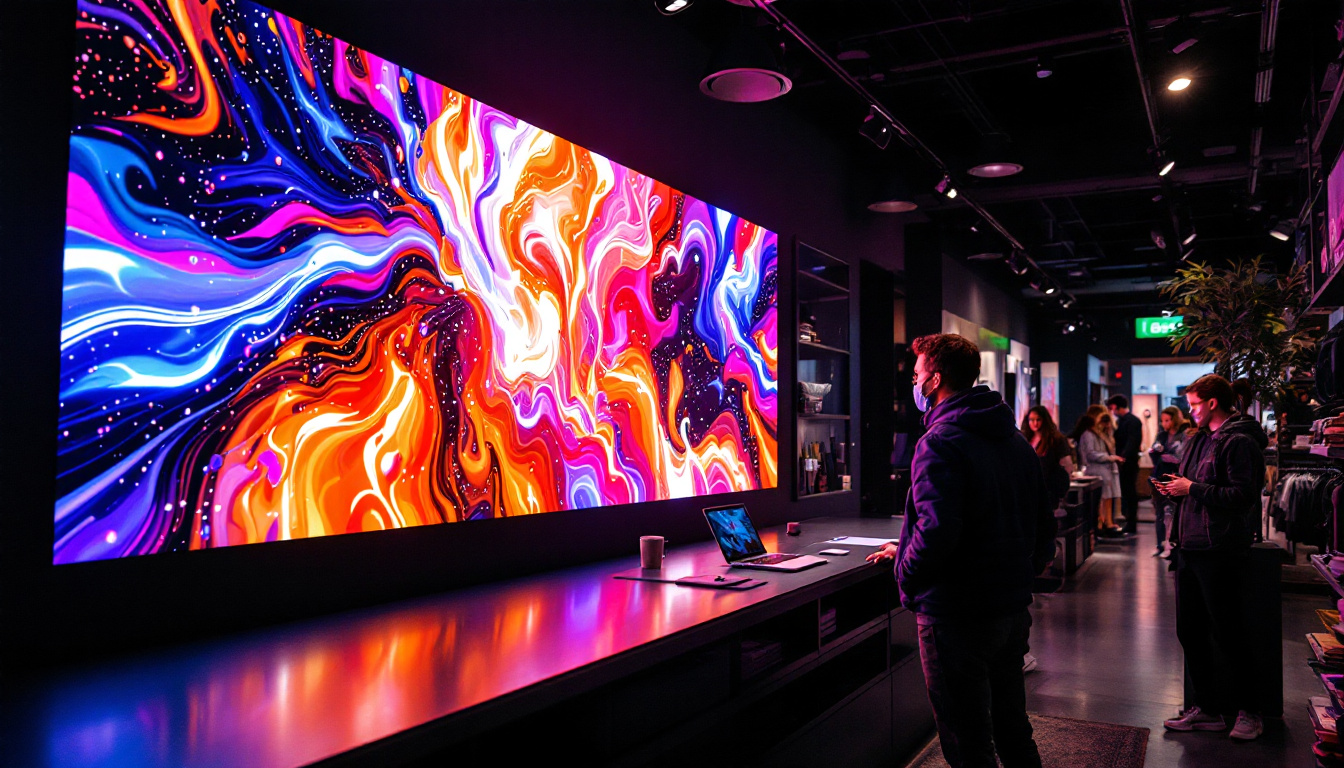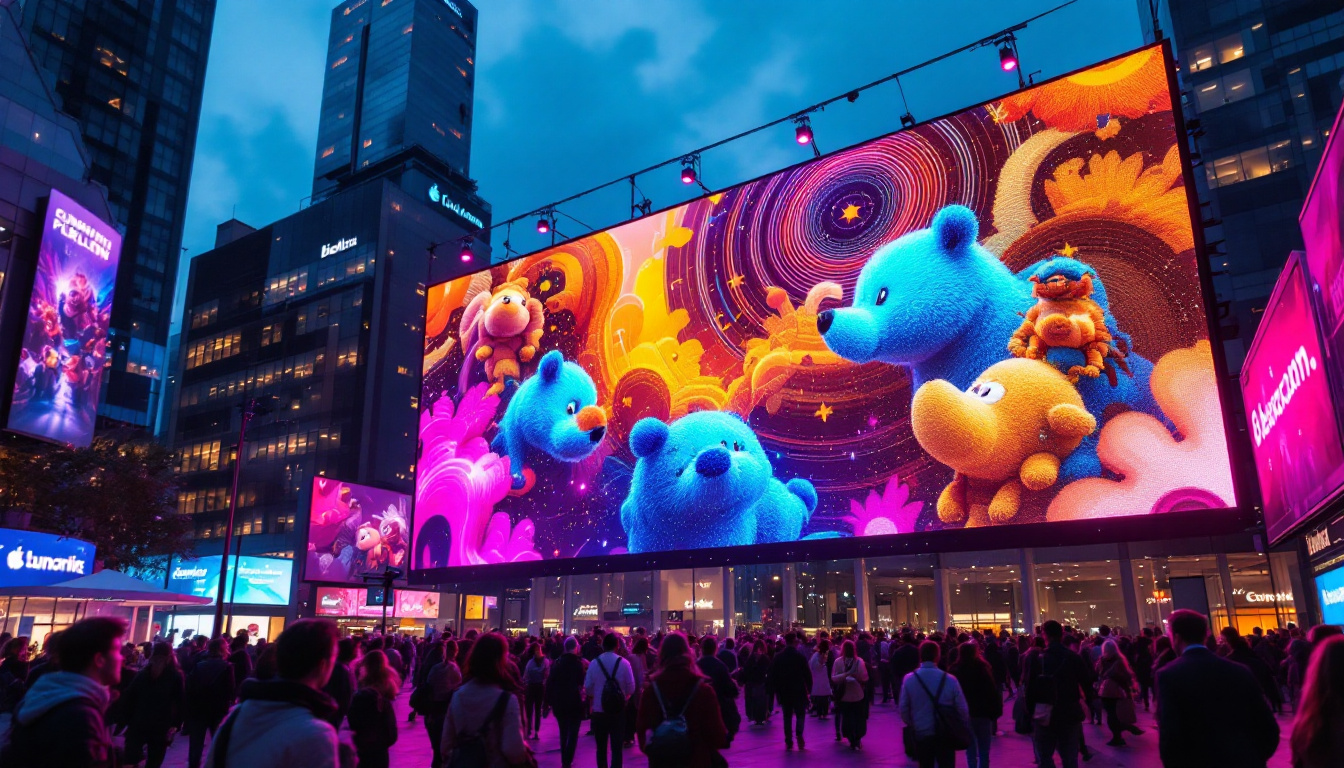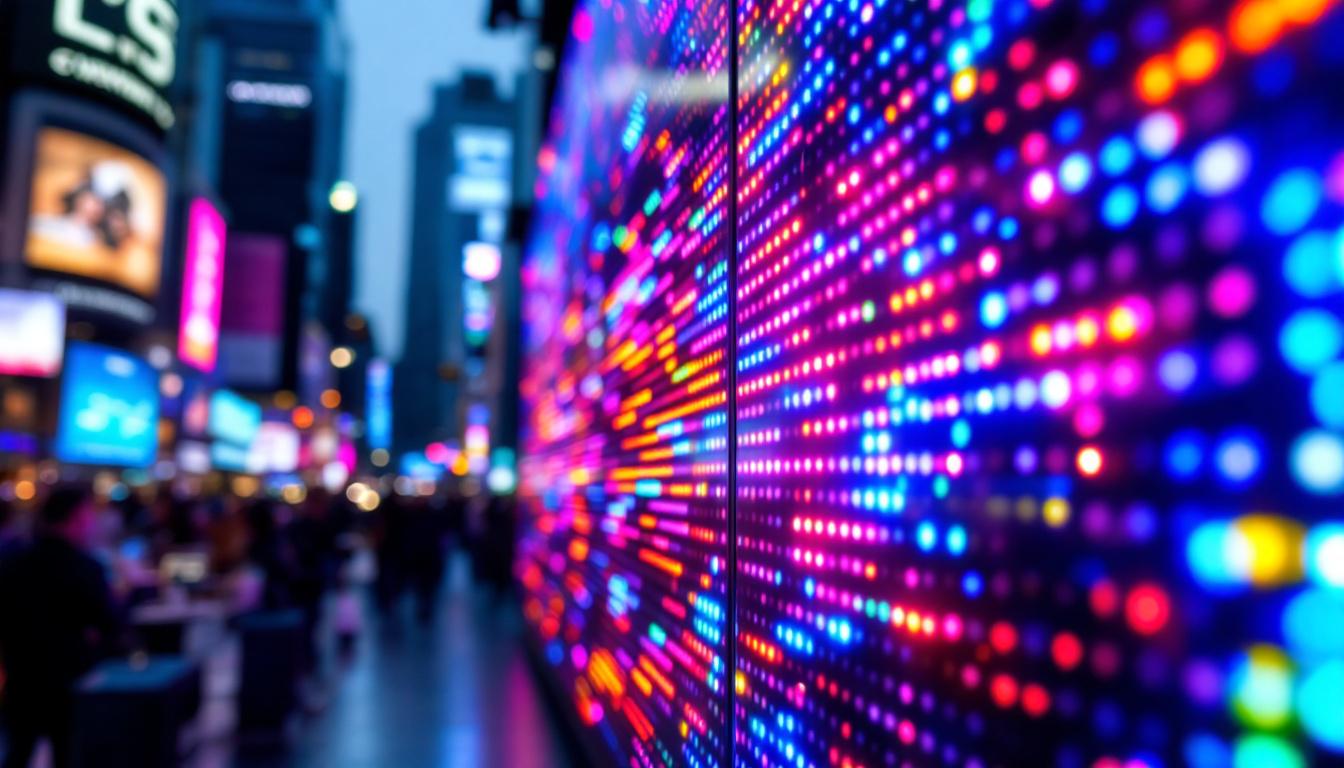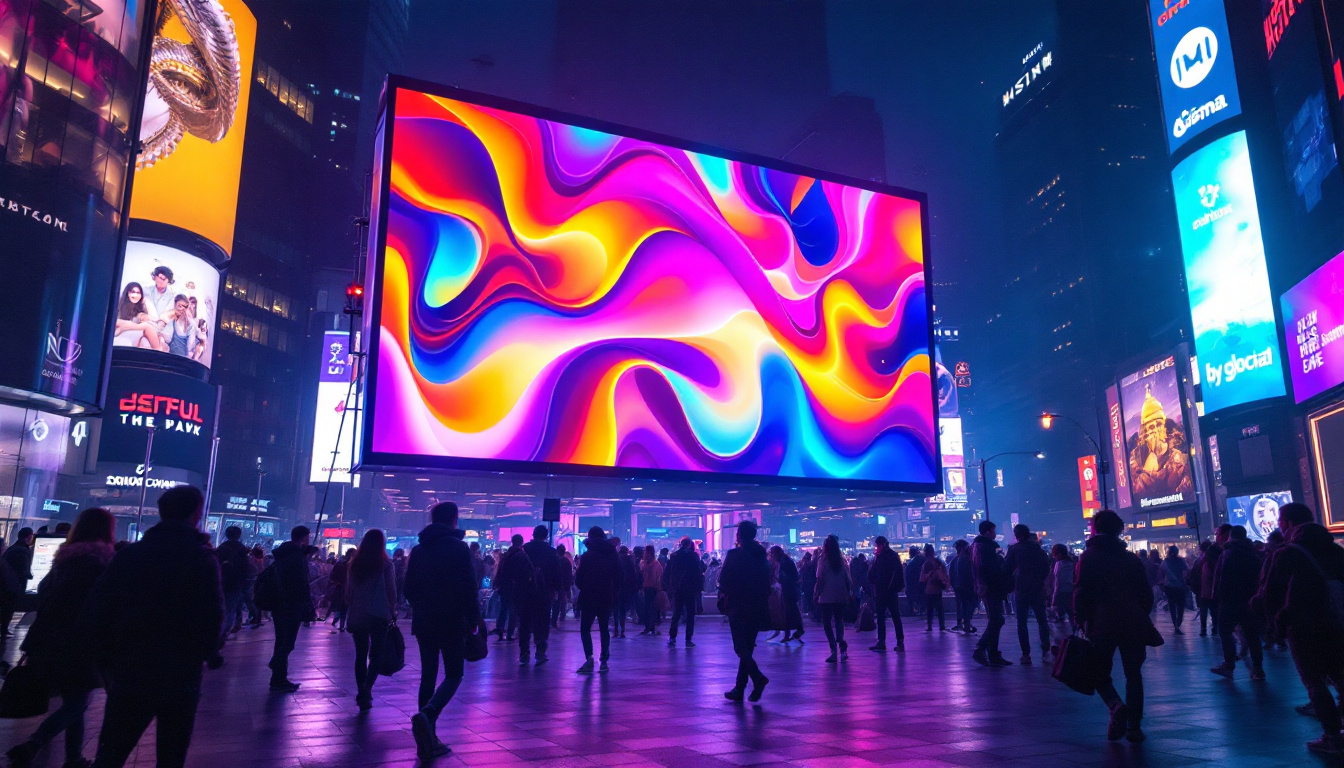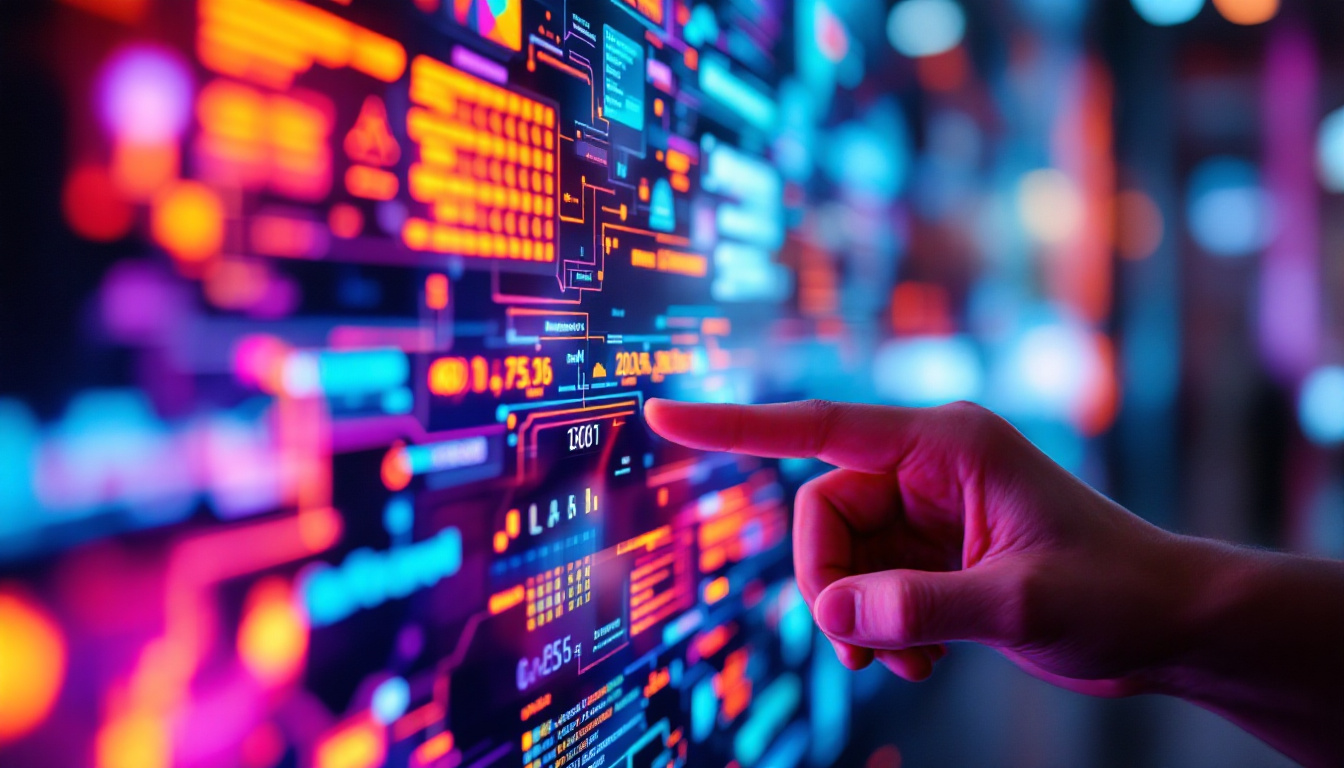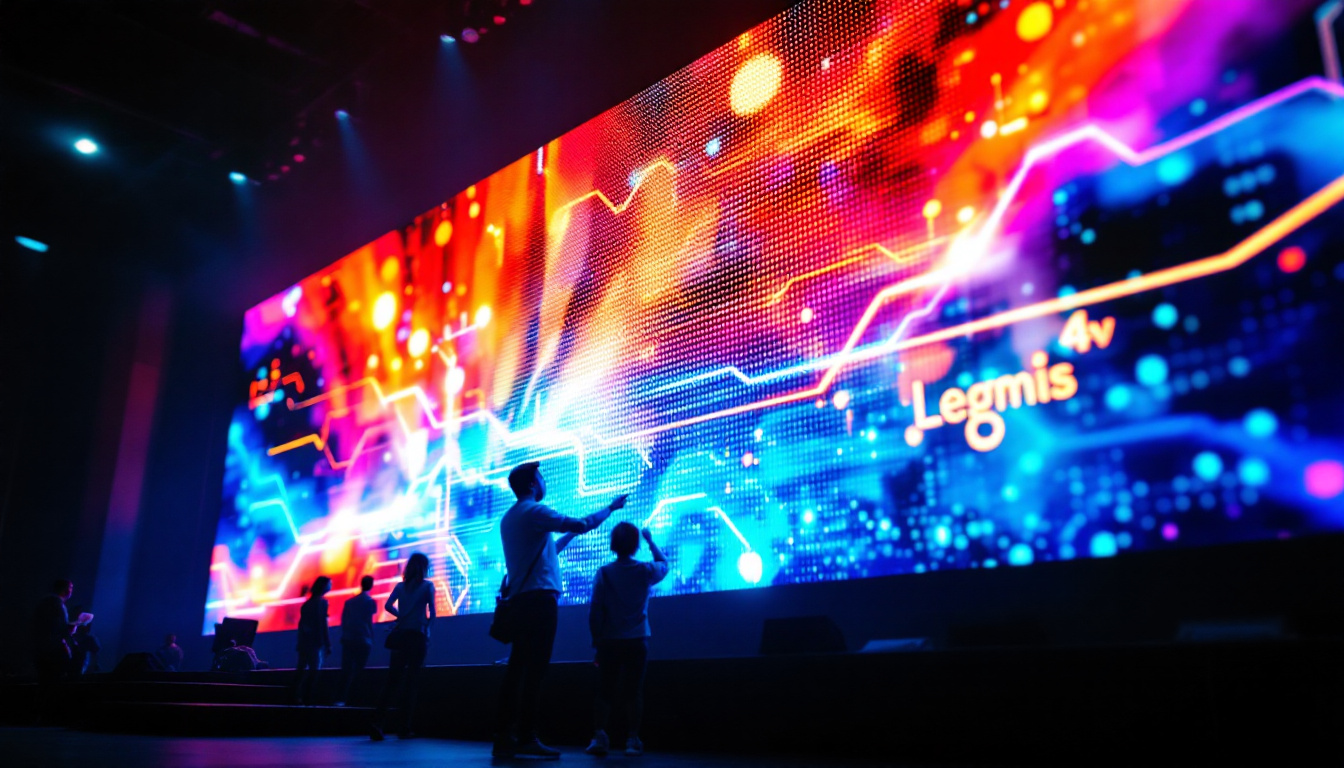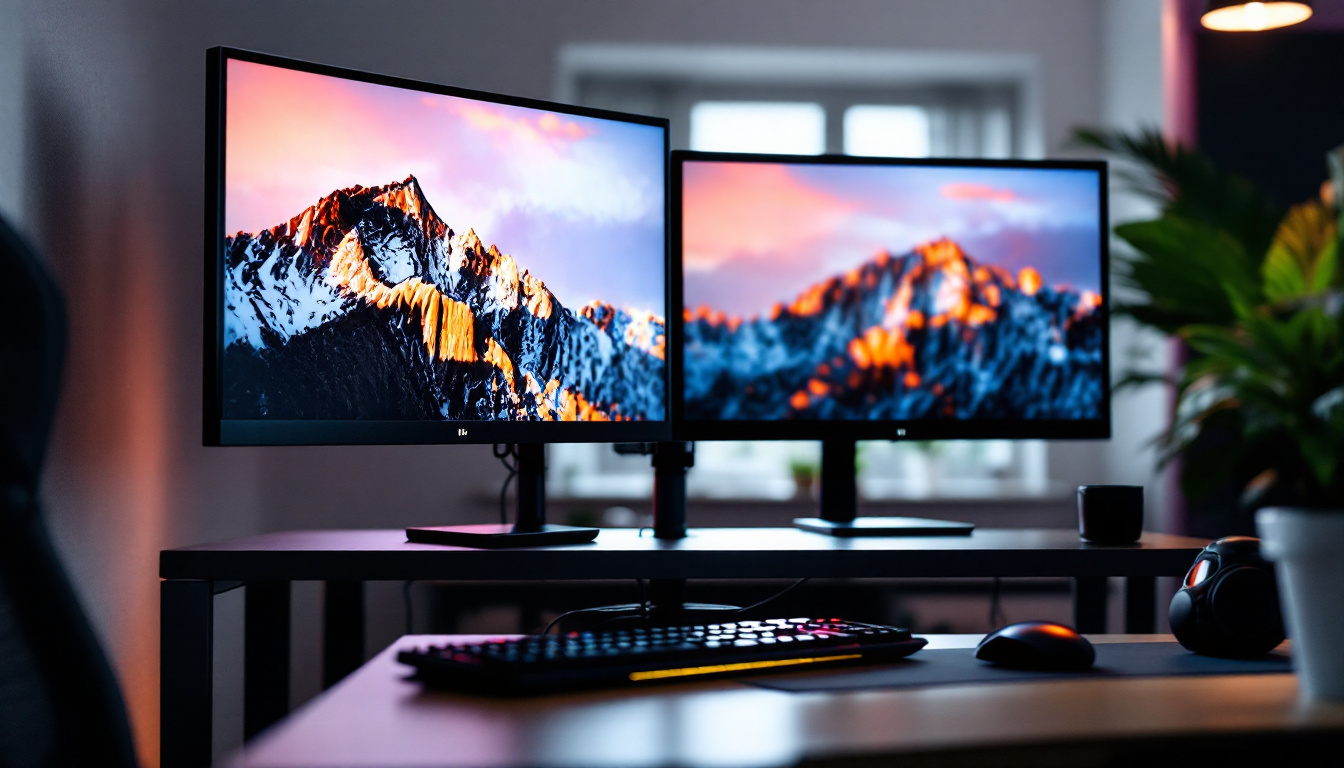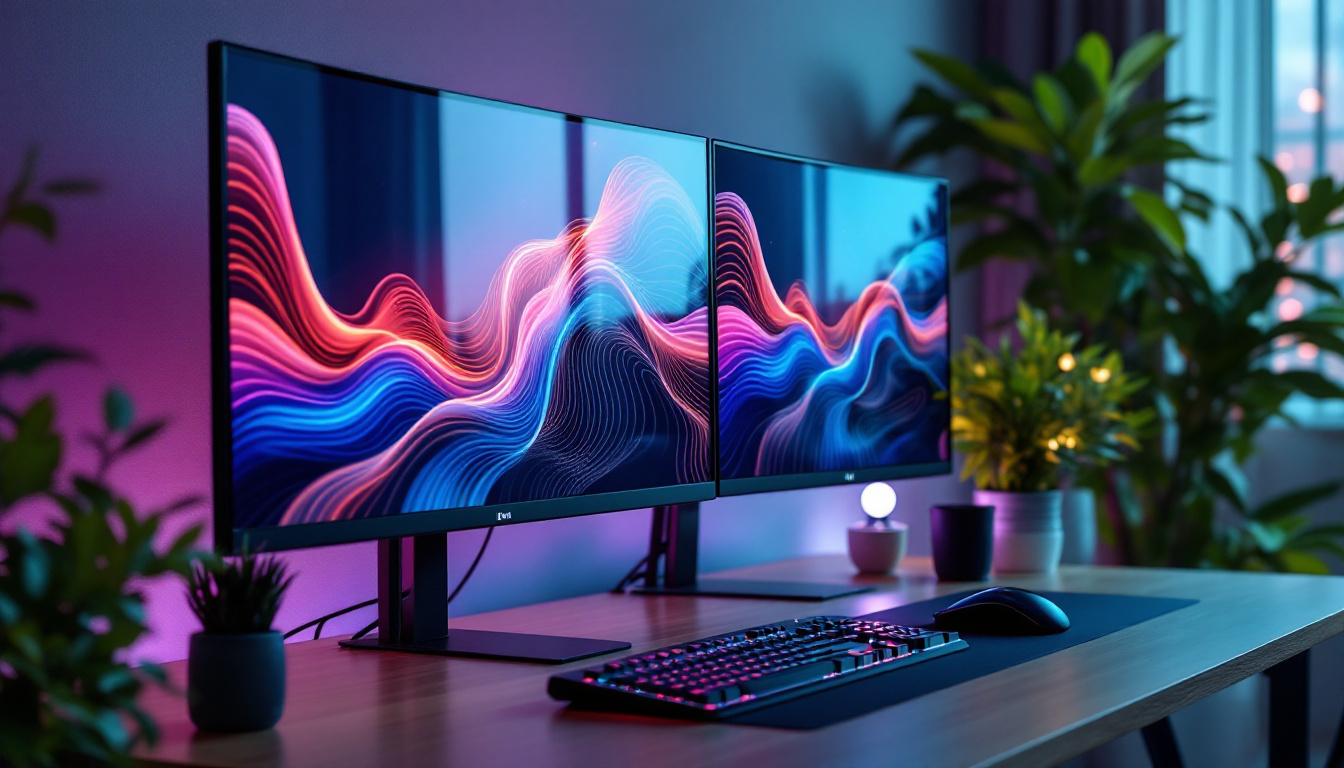In recent years, the demand for high-quality visual displays has surged, particularly in indoor environments. LED screens have emerged as a popular choice for businesses, events, and entertainment venues. This article delves into the intricacies of indoor LED displays, exploring their technology, benefits, applications, and future trends.
Understanding LED Technology
LED, or Light Emitting Diode, technology has revolutionized the way we perceive visual content. Unlike traditional display technologies, LEDs produce light through electroluminescence, where a semiconductor emits light when an electric current passes through it. This fundamental shift not only enhances brightness and color accuracy but also contributes to energy efficiency, making LEDs a sustainable choice for modern lighting and display solutions.
The Basics of LED Displays
LED displays consist of numerous tiny diodes arranged in a matrix. Each diode acts as a pixel, and together they create vibrant images and videos. The resolution of an LED screen is determined by the pixel pitch, which is the distance between the centers of two adjacent pixels. A smaller pixel pitch results in higher resolution and better image quality, making it ideal for close viewing distances. Furthermore, the ability to achieve high brightness levels allows LED displays to maintain visibility even in brightly lit environments, making them versatile for various applications.
Types of Indoor LED Displays
Indoor LED displays come in various types, each suited for specific applications. The most common types include:
- Direct View LED: These displays are made up of individual LED modules that can be customized in size and shape. They are often used for large video walls in arenas or auditoriums.
- LED Video Walls: Comprising multiple LED panels, video walls are designed to create a seamless display that can show high-definition content across a large surface area.
- Fine Pixel Pitch Displays: With pixel pitches as small as 1.2mm, these displays offer exceptional clarity and are ideal for environments where viewers are close to the screen, such as control rooms and conference centers.
In addition to these types, there are also specialized LED displays designed for unique environments. For instance, transparent LED displays are gaining popularity in retail and architectural applications, allowing for a blend of digital content with the physical environment. These displays can create eye-catching advertising while maintaining visibility through the glass, thus enhancing the aesthetic appeal of storefronts and buildings. Moreover, curved LED displays are becoming increasingly common, providing immersive experiences in venues like theaters and museums, where the curvature can enhance the viewer’s engagement with the content being presented.
As technology continues to evolve, the integration of smart features into LED displays is also on the rise. Many modern LED systems now come equipped with advanced connectivity options, allowing for real-time content updates and remote management. This capability is particularly beneficial for businesses that require dynamic advertising solutions, as it enables them to change messages instantly based on audience demographics or current events. Additionally, the incorporation of artificial intelligence into LED technology is paving the way for more personalized viewing experiences, as systems can adapt content based on viewer behavior and preferences.
Benefits of Indoor LED Displays
Indoor LED displays offer numerous advantages over traditional display technologies. Their unique features make them an attractive option for various applications.
High Brightness and Contrast
One of the standout features of LED technology is its ability to produce bright images with high contrast ratios. This ensures that content remains visible even in well-lit environments, making LED displays suitable for retail spaces, trade shows, and corporate events. The vibrant colors and sharp details provided by LED displays can captivate audiences, drawing attention to advertisements and presentations alike. Furthermore, the flexibility in pixel pitch allows for customization based on viewing distance, ensuring that the display performs optimally in any setting.
Energy Efficiency
LED displays are known for their energy efficiency compared to older technologies like LCD and plasma screens. They consume less power while delivering superior brightness, which translates to lower operational costs over time. This energy efficiency is particularly appealing to businesses looking to reduce their carbon footprint. Moreover, many LED displays come equipped with smart technology that automatically adjusts brightness based on ambient light conditions, further enhancing energy savings. This not only benefits the environment but also allows businesses to allocate resources more effectively, investing in other areas of growth.
Longevity and Durability
LED screens are designed to last, with a lifespan that can exceed 100,000 hours. This durability makes them a cost-effective investment for businesses, as they require less frequent replacements and maintenance. Additionally, LED displays are resistant to shock and vibration, making them suitable for high-traffic environments. The robust construction of these displays means they can withstand the rigors of daily use, ensuring that they remain operational in bustling venues such as shopping malls and airports. Furthermore, many manufacturers offer warranties that reflect the confidence in their products’ longevity, providing peace of mind for businesses that rely on these displays for their marketing and communication needs.
Applications of Indoor LED Displays
The versatility of indoor LED displays allows them to be used in a wide range of applications across different industries. Here are some notable examples:
Retail and Advertising
In the retail sector, LED displays serve as powerful marketing tools. They can showcase dynamic advertisements, promotions, and product information, capturing the attention of shoppers. Retailers often use these displays to create immersive experiences that enhance customer engagement and drive sales. For instance, interactive displays can allow customers to browse through products, view detailed information, or even engage in gamified experiences that encourage purchases. The ability to change content quickly and easily means that retailers can adapt their messaging in real-time, responding to trends and customer preferences as they evolve.
Corporate Events and Conferences
Indoor LED displays play a crucial role in corporate events, conferences, and trade shows. They can be used for presentations, live streaming, and video conferencing, ensuring that all attendees can see and hear the content clearly. The ability to customize the size and shape of LED displays allows businesses to create impactful visual experiences tailored to their specific needs. Additionally, these displays can be integrated with social media feeds, allowing real-time interaction and engagement from the audience. This not only enhances the overall experience but also fosters a sense of community among attendees, as they can see their contributions and comments reflected on the screen.
Entertainment Venues
In the entertainment industry, LED screens are commonly used in theaters, concert halls, and sports arenas. They enhance performances by providing stunning visuals that complement the audio experience. From large-scale concerts to intimate theater productions, LED displays can transform any event into a memorable experience. Moreover, the flexibility of LED technology allows for creative staging, where screens can be used as backdrops or even as part of the performance itself. This innovation opens up new avenues for artistic expression, allowing directors and performers to push the boundaries of traditional storytelling and engage audiences in unprecedented ways. The integration of LED displays with advanced lighting and sound systems further amplifies the overall impact, creating a multi-sensory experience that captivates viewers from start to finish.
Installation and Maintenance Considerations
While indoor LED displays offer numerous benefits, proper installation and maintenance are crucial to ensure optimal performance and longevity.
Installation Best Practices
When installing an LED display, several factors must be considered, including location, mounting options, and viewing angles. The display should be positioned to minimize glare and maximize visibility for the intended audience. Additionally, ensuring proper ventilation is essential, as LED screens generate heat during operation.
Regular Maintenance
To keep LED displays functioning at their best, regular maintenance is necessary. This includes cleaning the screen surface, checking connections, and updating software as needed. Many manufacturers offer maintenance contracts that cover routine inspections and repairs, providing peace of mind for businesses.
Future Trends in Indoor LED Displays
The indoor LED display market continues to evolve, driven by technological advancements and changing consumer demands. Here are some trends shaping the future of LED displays:
Integration with Smart Technology
As smart technology becomes more prevalent, LED displays are increasingly being integrated with IoT devices and software solutions. This allows for real-time content updates, remote monitoring, and enhanced interactivity. Businesses can leverage data analytics to tailor content to specific audiences, improving engagement and effectiveness.
Flexible and Curved Displays
Flexible LED displays are gaining popularity, allowing for creative installations that can adapt to various spaces. Curved displays can create immersive environments, enhancing the viewer’s experience. These innovative designs open up new possibilities for branding and artistic expression in commercial spaces.
Improved Resolution and Color Accuracy
As technology advances, LED displays are achieving higher resolutions and improved color accuracy. This trend is particularly important for applications requiring precise visual representation, such as medical imaging and high-end video production. Enhanced resolution ensures that content appears crisp and lifelike, further solidifying LED displays as the preferred choice for many industries.
Conclusion
Indoor LED displays have transformed the way businesses and organizations communicate visually. With their high brightness, energy efficiency, and versatility, they are becoming an indispensable tool in various sectors, from retail to entertainment. As technology continues to advance, the potential for indoor LED displays will only grow, paving the way for more innovative applications and experiences.
Investing in LED technology not only enhances visual communication but also contributes to a more sustainable future. As industries adapt to changing consumer preferences and technological advancements, LED displays will play a crucial role in shaping the visual landscape of tomorrow.
Discover the Future of Visual Communication with LumenMatrix
Ready to elevate your space with the latest in LED display technology? LumenMatrix is at the forefront of creating immersive and dynamic visual experiences that captivate and engage. From Indoor LED Wall Displays to innovative LED Transparent Displays, our solutions are designed to meet the diverse needs of any business. Experience the difference with LumenMatrix and revolutionize the way you communicate visually. Check out LumenMatrix LED Display Solutions today and transform your brand’s presence with cutting-edge technology.

